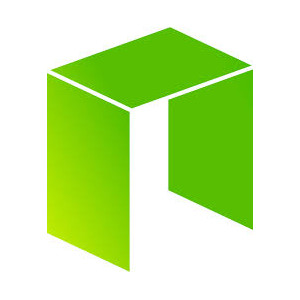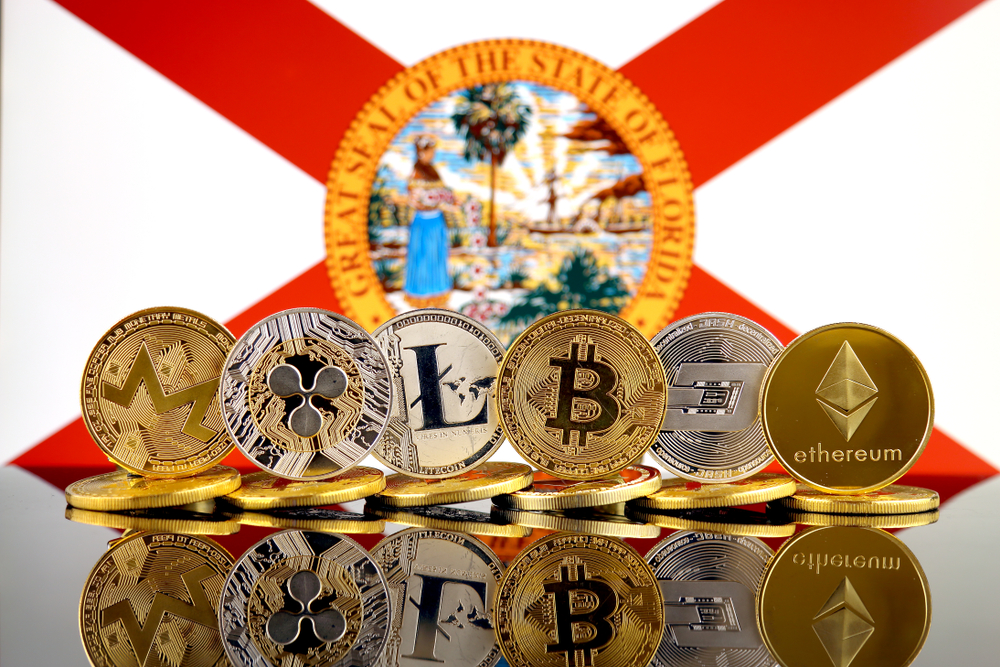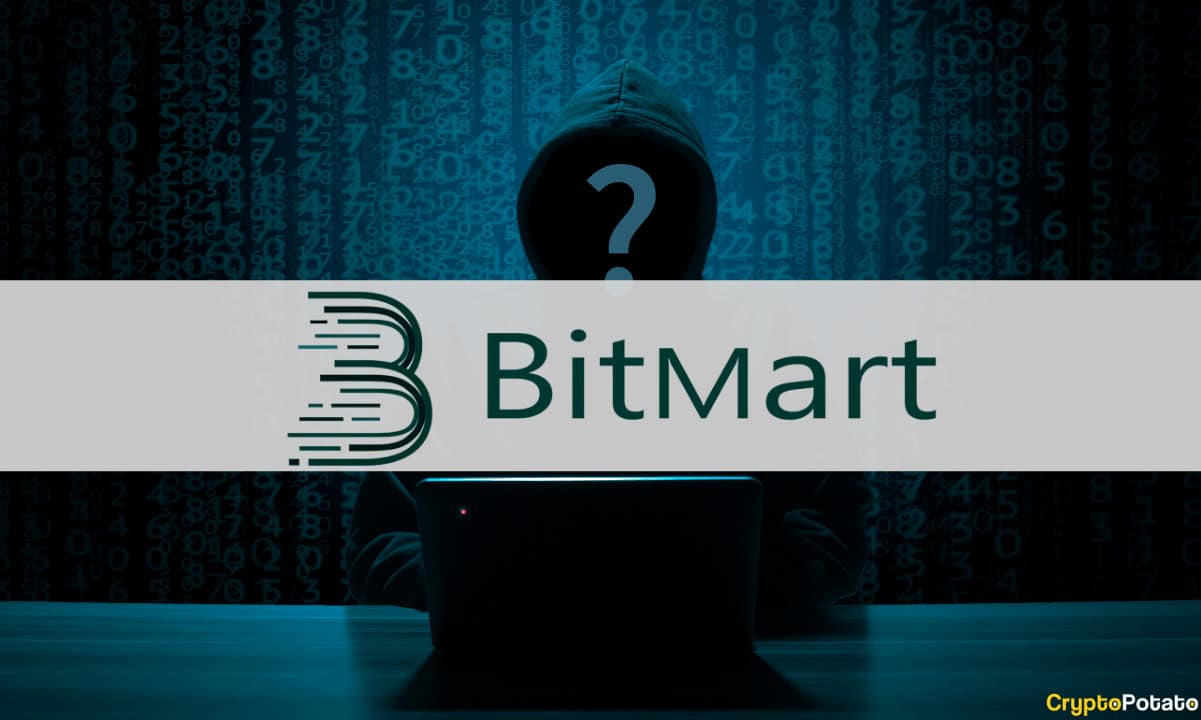NEO is an open-source blockchain, and, as China’s first locally-created cryptocurrency, it has been called “the Ethereum of China.” It was founded in 2014 by Da Hongfei as “Antshares,” and has been rebranded as NEO earlier this year.
NEO has a dual approach to investing, and can be acquired both as shares (formerly Antshares, now NEO) and as a digital coin (Neocoin/GAS, formerly called Antcoin). More than this, however, it seeks to be a platform through which users can issue and trade assets. NEO was originally intended as a “bridge between traditional financial systems” and the new, decentralized, transparent digital economy.
NEO/Antshares was created as an open-source project following China’s 2013 on cryptocurrencies, and subsequent encouragement of national innovation. It is the first Chinese digital coin. Its website describes itself as “a distributed smart economy network” and blockchain-based digital identity system. NEO also has the capacity to execute smart contracts as part of a mission to “shift our traditional economy into the new era of the Smart Economy.”
On the NEO company website, the “Smart Economy” is defined as a combination of digital assets, secure digital identity, and smart contract capabilities. These elements combined are intended to lead the way towards a fairer and more transparent economic system. NEO is positioned between the traditional fiat systems and innovative digital currency systems.
NEO Value, Market Cap and Volume
The maximum supply NEO is 100,000,000. Because the company owns 50%, it means that the circulating supply is restricted to half of that (50,000,000). The current market cap for NEO as of November 26th 2017 is $2,600,000,000 (267,552 BTC). In a 24 hour trading session, anywhere from $20,000,000 to $400,000,000 worth of NEO can be traded on the market.
How Does NEO Work?
NEO works in a similar way as Ethereum. It uses delegated Byzantine Fault Tolerance (dBFT) instead of Proof of Work to secure its blockchain. It is not mined; instead, users (shareholders) can vote on the blockchain’s use. Shares are available by themselves (NEO), but so are digital coins (GAS). In this case, a share of NEO represents an ownership of a portion of the blockchain and 50% of shares are held by the company.
The maximum supply of shares is 100,000,000, so the circulating supply restricted to half of that. The current market cap for NEO is $408,454,000, or 158,622 BTC.
NEO may have an advantage over other blockchain-based coins and systems when it comes to issues of compliance. With built-in KYC and AML APIs, external payment providers and financial institutions such as banks can use the system with compliance.
“Through technologies such as P2P networking, dBFT consensus, digital certificates, Superconducting Transactions, and cross-chain interoperability the NEO blockchain enables management of smart assets in an efficient, safe and legally binding manner.” ~ NEO Website
NEO Smart Contracts
NEO’s smart contracts are also comparable to the Ethereum platform. Instead of relying on tokens across the blockchain, NEO will allow smart contracts to be issued and traded with anyone. These smart contracts could be used in the context of securities, equities, creditor’s claims, financial contracts, credit points, currencies, and bills.
Unlike Ethereum contracts, NEO’s smart contracts system is designed to be too simplified to allow them to be used for hacking the system, as has recently occurred with Ethereum.
Neo currently has 234 full nodes and 1366190 blocks. Some commentators have pointed out that it may be easier for developers to work on the open-source project. However, there are also several drawbacks, including the fact that NEO s is still less developed than many coins, leaving it behind in certain aspects. Right now, it is still more difficult to hold NEO or its coins, as there is only one wallet system available.
Additionally, there are no exchanges for the crypto securities. Its different design means that the supporting system is still incomplete, and not as well supported by external technologies as well as some of the more established coins, or those which are built off of existing systems.
NEO as an Investment: The Future of NEO
At the beginning of the year, NEO shares stayed solidly around $.14. The price of NEO surged around mid-August, reaching as high as $48.01 USD / 0.01141880 BTC. However, with China’s ICO ban, it has since sunk, and is now hovering around $19.00. As of June, commentators were encouraging investors to purchase NEO coins (GAS) rather than shares, since it took longer for a share to produce revenue than it did for the coin value to rise.
Throughout the summer, investors were advising NEO and GAS purchases as a long-term strategy. However, everything has changed since the recent ban on ICOs in China. NEO’s success was initially due to CHinese investment, and many investors now seem to be attempting to liquidate their assets
Following the ICO ban in China and a tightening of regulations there, NEO and similar projects are likely to see a large amount of government scrutiny in the future. Many investors seem to be working to liquidate their assets, and it seems likely that NEO’s price drops in mid-2017 were a direct result of China’s ban.
In today’s especially volatile market, it is uncertain which way NEO will go. Those who buy in now might see huge profits, but equally large losses are just as likely. Since China’s ICO ban announcement, NEO has recovered and is testing new levels around $40 USD.









